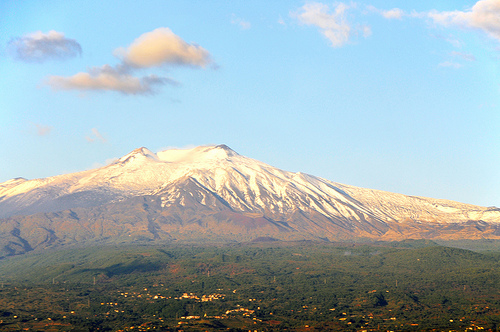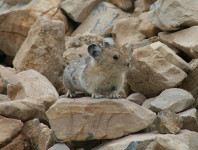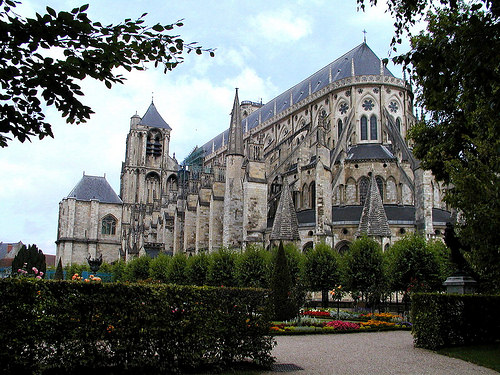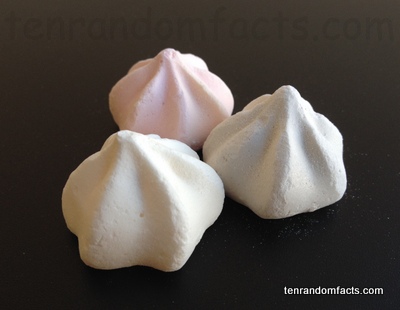
Mount Etna is explosive tonight!
- Mount Etna is a volcanic mountain found near Sicily’s coast, in Italy, Europe, that actively erupts in a stratovolcanic way.
- Mount Etna reaches approximately 3,330 metres (10,925 feet) in height, taking the position of being Europe’s most elevated active volcano.
- Mount Etna became a national park area in 1987, and in mid 2013, the main part of the volcano was declared a UNESCO World Heritage Site.
- Mount Etna spreads 1,190 square kilometres (459 square miles) in area, and is 140 kilometres (87 miles) in circumference.
- ‘Mount Etna’ is also known as ‘Mongibello’ or ‘Montebello’ and ‘Mungibeddu’ in Italian and Sicilian respectively, as well as ‘Muntagna’.
Mount Etna
Image courtesy of Dennis Jarvis/Flickr
- In 2008, Mount Etna had five primary craters and at least 300 side vents that have been used in the past to eject eruptions; while parts of the mountain have collapsed on a number of occasions.
- The name ‘Mount Etna’ probably originates from either ‘attuna’ or ‘aithō’, meaning ‘furnace’ in Phoenician or ‘I burn’ in Greek respectively, and the volcano features prominently in Greek mythology and literature.
- Records of Mount Etna eruptions date back thousands of years, and there have been numerous significant eruptions, including many in the last hundred years.
- Mount Etna is the one of the most popular tourist areas in Sicily, and it can be either hiked or driven up using suitable vehicles, and it is also a leading site of volcanic research.
- Mount Etna is surrounded by numerous communities, that, in the event of an eruption, are generally protected from lava flow using diversion tactics that include deposits, explosives and holes.
Bibliography:
Mount Etna, 2014, Wikipedia, http://en.wikipedia.org/wiki/Mount_Etna
Mount Etna, 2015, BBC, http://www.bbc.co.uk/science/earth/collections/mount_etna
Mount Etna, 2015, UNESCO World Heritage Convention, http://whc.unesco.org/en/list/1427


























